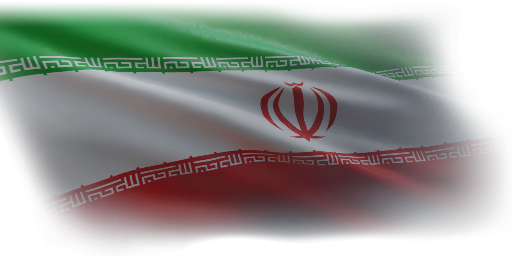
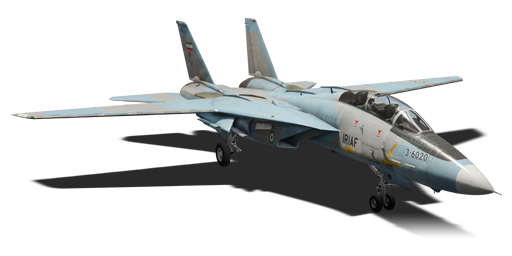

The Grumman F-14 Tomcat has been an icon of the USN since its introduction in 1970, but the US Navy wasn't the only user of the Tomcat. Though efforts were made to sell the Tomcat to US-allied countries, only Imperial Iran, then a close ally under the Pahlavi dynasty, sought a new interceptor to defend against the menacing, Mach 2.7-capable MiG-25R reconnaissance aircraft of the neighbouring Soviet Union. As soon as January 1974, after demonstration flights in the US alongside the F-15A, the IIAF placed an order for 80 Tomcats and ten years' worth of spare parts.
By the time of the 1979 Islamic Revolution, which overthrew the 2,500-year-old monarchy of Iran and replaced it with the Islamic Republic, 79 F-14As had been delivered to the IIAF before the new IRIAF took them over. During the Iraq-Iran War, the Iranian Tomcats performed outstandingly against the Ba'athist Iraqi forces. However, due to sanctions placed on the now anti-US Islamic Republic, the IRIAF often had to improvise their existing weaponry to be outfitted on their aircraft, including modifying the MIM-23 Hawk SAM to be used as a substitute for the dwindling supply of AIM-54A Phoenix missiles, and even creating the "Yasser", a massive rocket created by strapping the M117 bomb warhead to spare rocket parts of the MIM-23 Hawk SAM to supplement the lack of guided munitions. With the eventual destruction of all remaining Tomcats stored in the continental US after the Gulf War to prevent possible smuggling of spare parts to Iran, the IRIAF had to cannibalise some of their remaining Tomcats to keep the jet operational. These F-14As also received some upgrades in terms of firepower with domestic modifications and sometimes Russian weaponry to keep them up-to-date. Fifty years since first delivered, the Iranian Tomcats are still in active service today under the designation "F-14AM" to denote various modernisation efforts to keep the aging fighter up-to-date.
The F-14A IRIAF (USA), introduced during Update "Seek & Destroy" as a reward for the 2024 Persian Tomcat event, is an F-14A operated by the IRIAF with domestic modifications to enhance its combat capabilities. The aircraft retains the advantages of the base model: powerful engines, advanced radar, and variable sweep wing, but this is supplemented by the Iranian Fakour-90 ARH missiles with longer range than the AIM-54A, Sedjil SARH missiles, and even the possibility of installing Soviet R-27R missiles. The massive Yasser rockets are also excellent for use against ground targets.
flaps
flaps
flaps
brake
| Belt | Belt filling | Armor penetration (mm) at a distance: | |||||
|---|---|---|---|---|---|---|---|
| 10 m | 100 m | 500 m | 1000 m | 1500 m | 2000 m | ||
| HEF-I/API-T/AP-I | 40 | 36 | 22 | 12 | 6 | 3 | |
| HEF-I/HEF-I/API-T/HEF-I/HEF-I/AP-I | 40 | 36 | 22 | 12 | 6 | 3 | |
| API-T/AP-I/AP-I/AP-I/HEF-I | 40 | 36 | 22 | 12 | 6 | 3 | |
| HEF-I/AP-I/AP-I | 40 | 36 | 22 | 12 | 6 | 3 | |
| Name | Weight | Slot | ||||||||
|---|---|---|---|---|---|---|---|---|---|---|
| 76.9 kg |  |  |  |  | ||||||
| 193.7 kg | 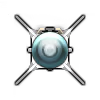 |  |  | |||||||
| 625 kg | 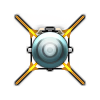 |  | ||||||||
| 760 kg | 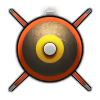 |  | ||||||||
| 253 kg |  |  | ||||||||
| 8 × | 560.6 kg |  |  | |||||||
| 2 × | 387.4 kg | 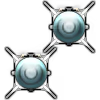 |  | |||||||
| 2 × | 887.2 kg |  |  | |||||||
| 2 × | 1,274.6 kg | 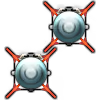 |  | |||||||
| 6 × | 707.4 kg | 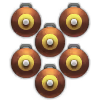 | ||||||||
| 6 × | 1,445.4 kg |  | ||||||||
| 2 × | 893.6 kg | 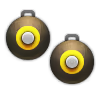 |  | |||||||
| 2 × | 1,787.2 kg | 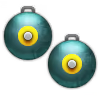 |  | |||||||
| 2 × | 1,787.2 kg |  |  | |||||||
| 6 × | 1,445.4 kg |  | ||||||||
| 2 × | 893.6 kg |  |  | |||||||
| 8 × | 943.2 kg |  | ||||||||
| 8 × | 1,927.2 kg | 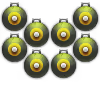 | ||||||||
| 8 × | 1,927.2 kg | 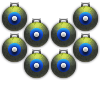 | ||||||||












Flight performance |
|---|
Survivability |
|---|
Weaponry | ||||
|---|---|---|---|---|